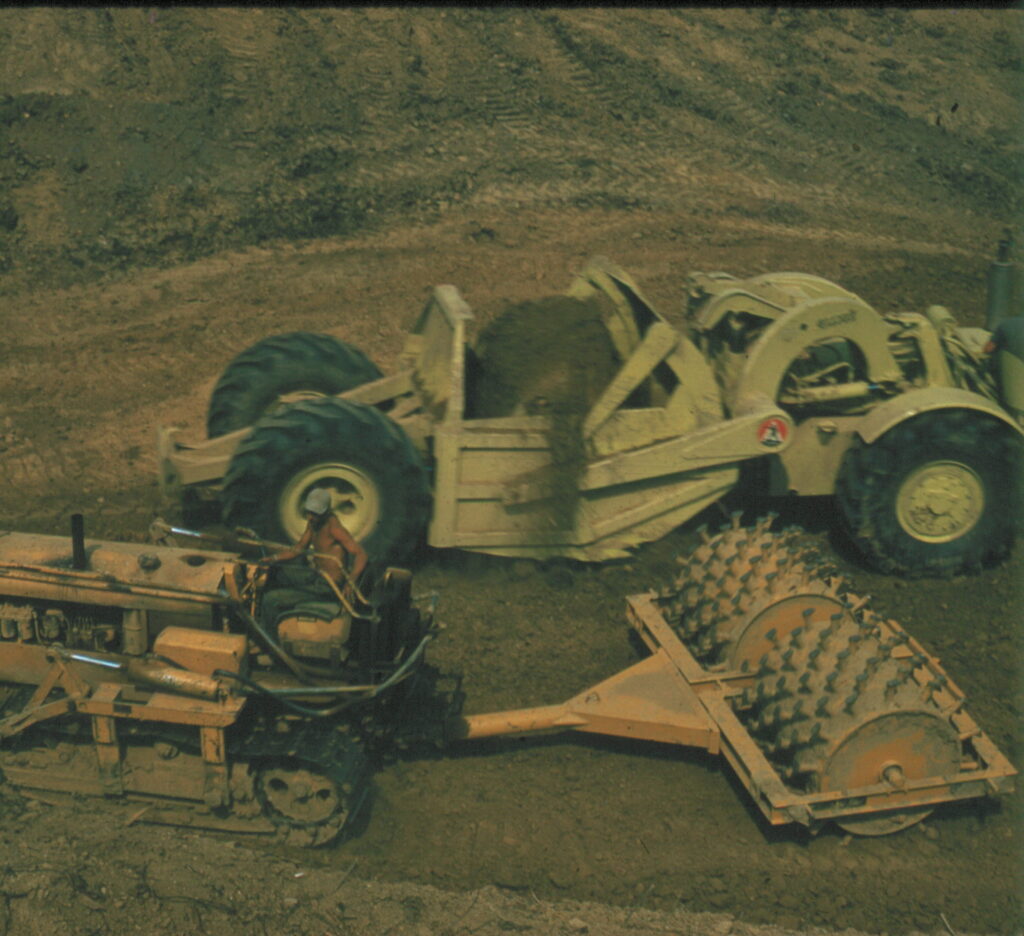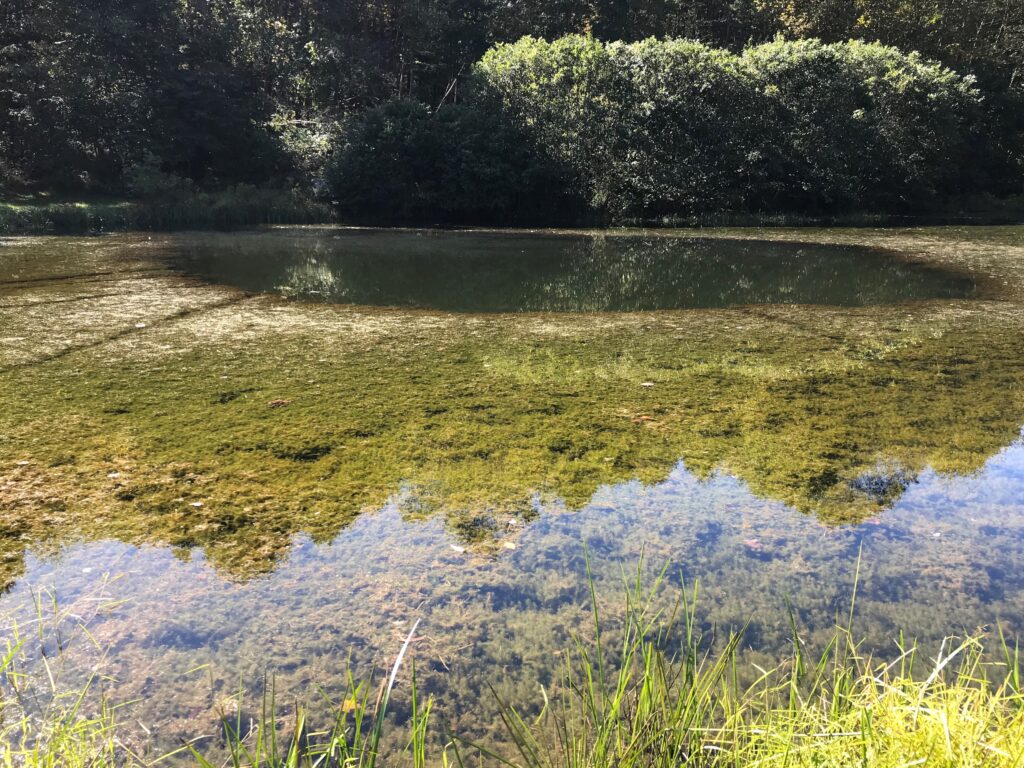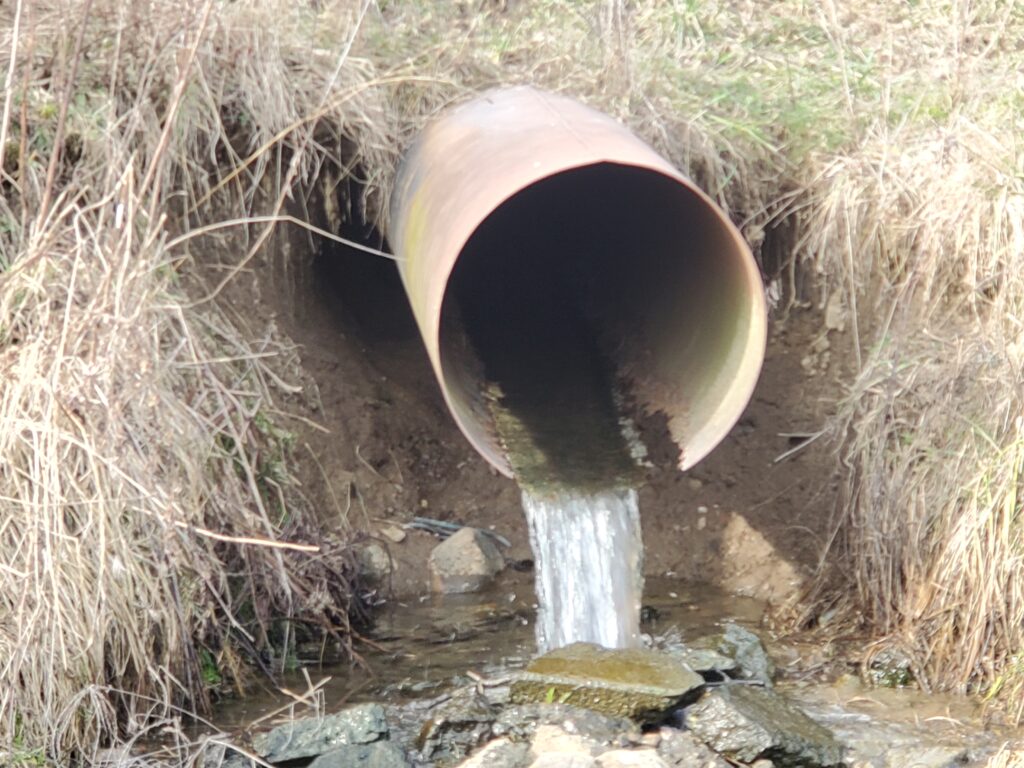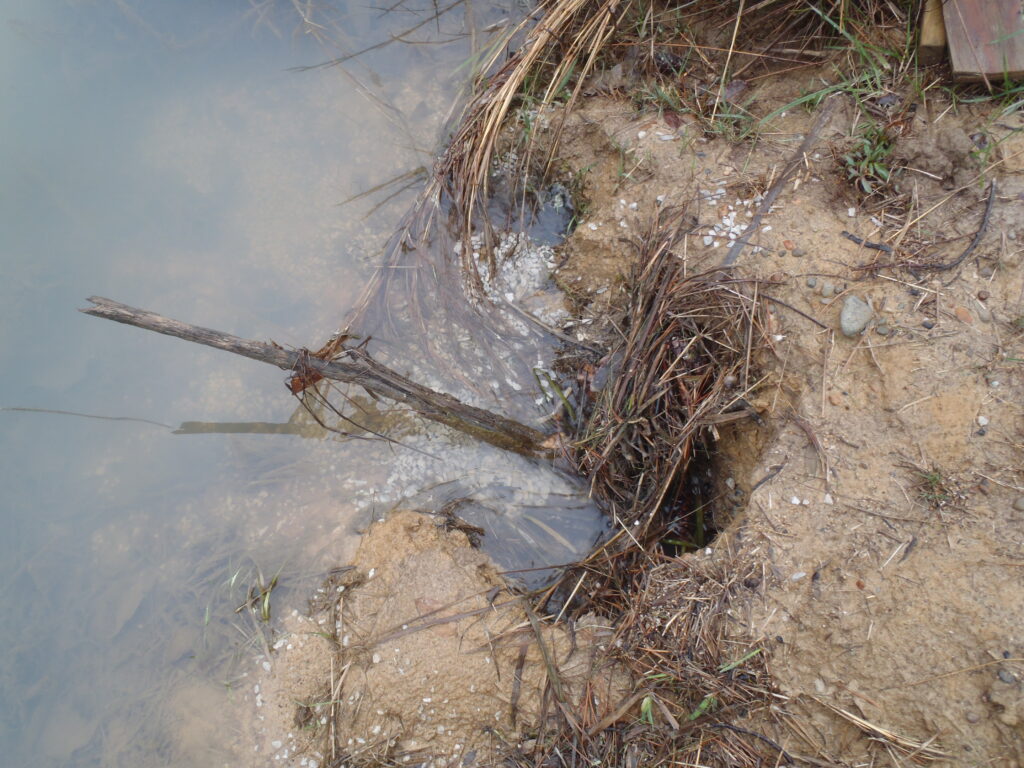“Pond”ering Your Backyard Watering Hole? Tips for New and Veteran Pond Owners
We often receive questions regarding new pond construction, as well as the maintenance of an established pond. This week we cover the common “dos” and “don’ts” of pond management.
Do:


problems for pond owners.

Don’t:



